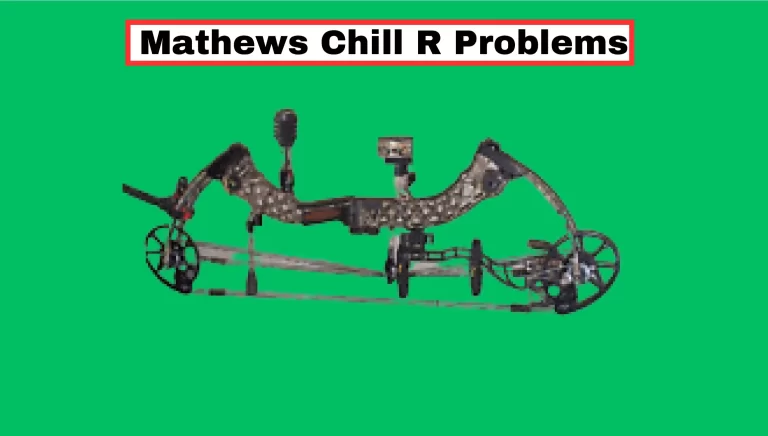How to Treat a Bruise from Bow String Slap? – (With Images)
"As an Amazon Associate, I earn from qualifying purchases. This post contains affiliate links"
A bow string slap is a common injury in archery. It occurs when the bow string strikes the bow arm, resulting in a bruise. The following is a guide on how to treat a bruise from a bow string slap.
We highly recommend reading it to the end because it includes some additional tips to help prevent future bow string slaps.
You Must know the Reasons Why Do Archers Wear Arm Guards? – Reasons Behind It.
So without any further ado, let’s get into it!
What Causes a Bow String Slap?
A bow string slap can occur when the bow is not properly set up and/or maintained. A few common causes are an un-serviced bowstring, excessive set-up tension, a loose or worn limb pocket, damaged cams or wheels, incorrect cam timing, or warped limbs. All of these issues can cause friction between the string and the bow, leading to a slapping sound.
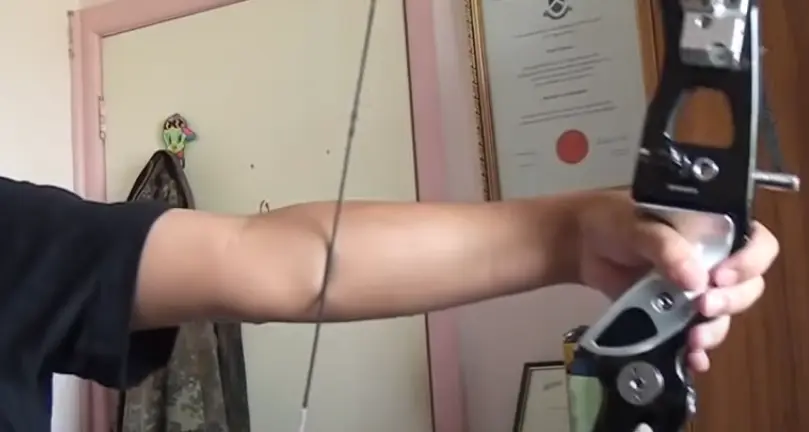
Another common cause of string slap is an incorrectly installed nocking point. The nocking point should be positioned so that it is as close to the center of the bowstring as possible when drawn back to full draw.
We have created a guide that covers Why Do Archers Wear Gloves? This Is Better.
If the nocking point is too high or too low, it can cause friction between the string and the limbs of the bow, resulting in a slap when released. Additionally, a sharp edge on any part of your bow or arrow rest can also cause string slap due to excess friction.
Finally, incorrect arrow spine selection can also lead to excessive vibration and string slap. If an arrow is too stiff for your setup, it will not flex properly upon release and can create an inconsistent flight path and a loud slapping noise.
It is important to properly maintain your bow and set up in order to avoid string slap and other related problems. Regularly inspect all components of your bow for damage or wear, and make sure that the nocking point, bowstring, cams, and limbs are all set up correctly.
Additionally, be sure to use arrows with the correct spine selection for your setup in order to ensure maximum accuracy. With proper maintenance and setup, you can reduce bow string slap significantly.
How to Treat a Bruise From Bow String Slap?
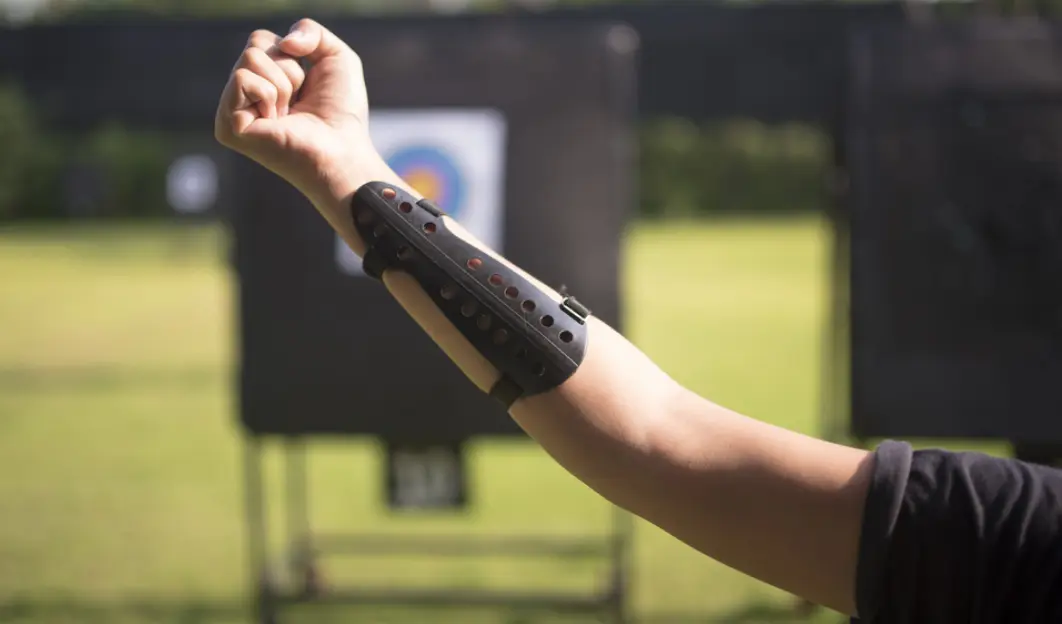
Step 1: Clean the Area
Use a mild soap and warm water to clean the area. This will help prevent infection from bacteria or dirt that may have been transferred from the bowstring. Apart from that, avoid scrubbing the area too hard.
Step 2: Apply a Cold Compress
A cold compress will help reduce swelling and numb the area, making it more comfortable to treat. It is also important to avoid applying ice directly to the skin, so wrap an ice pack or frozen bag of vegetables in a cloth before using it as a cold compress.
Step 3: Take Ibuprofen or Acetaminophen for Pain Relief
Take over-the-counter medications such as ibuprofen or acetaminophen in order to reduce discomfort from the bruise. It is best to follow the dosage instructions provided on the package and do not exceed the maximum recommended daily dose.
Step 4: Apply a Topical Cream or Ointment
Apply an over-the-counter cream or ointment to the area in order to reduce swelling and promote healing. You may also use a bruise relief product, which contains ingredients such as arnica Montana extract and aloe Vera that have been known to help with bruising.
Step 5: Keep the Area Elevated
Elevating the area will help reduce swelling by allowing gravity to take effect. Try resting your arm on a pillow when you can, especially while sleeping at night.
Additional Tips for Preventing Bow String Slap:
1) Make sure your bow is properly serviced and set up by an experienced technician. Regularly inspect all components of your bow and make sure they are not worn, loose or damaged.
2) Make sure the nocking point is positioned correctly for your draw length. It should be as close to the center of the bowstring as possible when drawn back to full draw.
3) Use arrows with the correct spine selection for your setup in order to ensure maximum accuracy.
4) Check that all arrow rests are in good condition and free from sharp edges. If any arrow rest has a burr or rough edge it can cause friction on the string and lead to string slap.
5) When releasing the arrow, use a smooth release and follow through until after you have heard the “thwack” of the arrow impact. This will help to minimize vibration and string slap.
How Bad Can a Bow String Slap Be?
The severity of a bow string slap injury will depend on how hard the string struck your arm, as well as its location. Generally, the harder and closer to sensitive areas such as joints or tendons, the more severe the bruise can be.
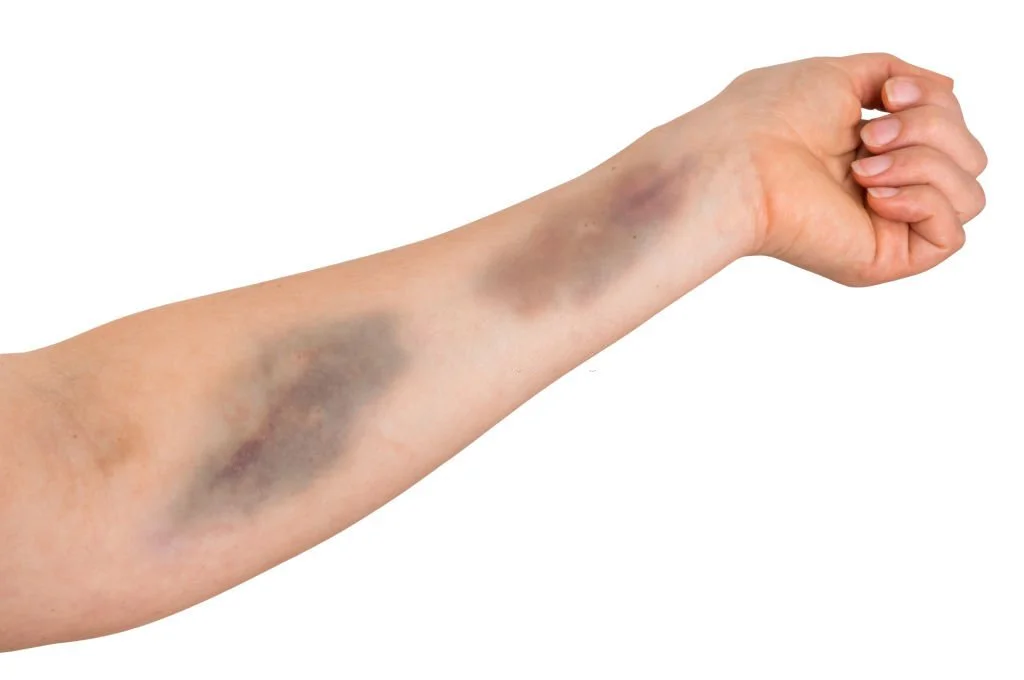
In some cases, a bow string slap may require professional medical attention if there is bruising that affects movement or causes intense pain. The best way to prevent a bow string slap is to wear protective gear while shooting. This includes an arm guard and finger tabs (or gloves).
Additionally, be sure to check the tension of your bowstring regularly and keep it in good condition. Finally, always remember to keep your dominant arm well behind the bowstring when shooting.
Final Words
Bow string slap can be a painful and annoying problem. However, with proper maintenance, setup, and protective gear you can greatly reduce the risk of bow string slap and its associated injuries. Make sure to follow these steps in order to ensure a safe and enjoyable archery experience.
We hope after reading this article, you have learned how to prevent and treat bow string slap injuries. If you experience any pain or swelling that does not go away, contact your doctor immediately.
Safe shooting!
Related Articles:-
- How Much Does it Cost to Restring a Crossbow?
- How to Restring a Barnett Crossbow Without a Bow Press?
- How Much Does It Cost To Restring A Compound Bow?
- How To String A Compound Bow?
- Where to Put String Silencers on Compound Bow?
- How Long Does It Take To Become A Professional Archer?
- How Good Were Medieval Archers?
- How Long Does it Take to Learn Archery? – [Effective Tricks]
- Is Archery A Sport? – (Why and How Archery is a Sport)
- Can Archery Targets Get Wet? – (Read This First)
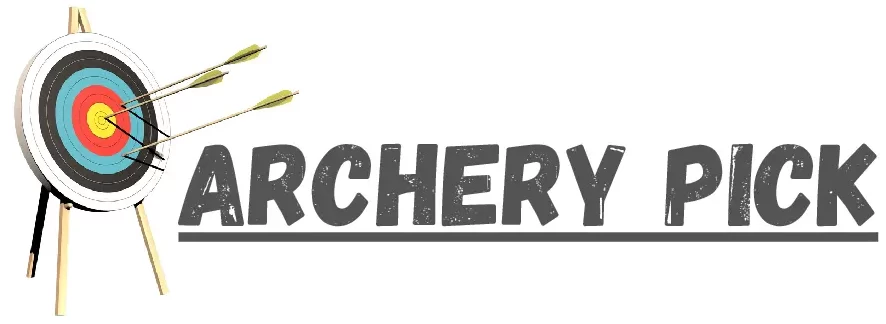
![Best Hunting Arrows For Compound Bow – [Our Top Picks]](https://archerypick.com/wp-content/uploads/2023/09/Best-Hunting-Arrows-For-Compound-Bow-768x436.webp)
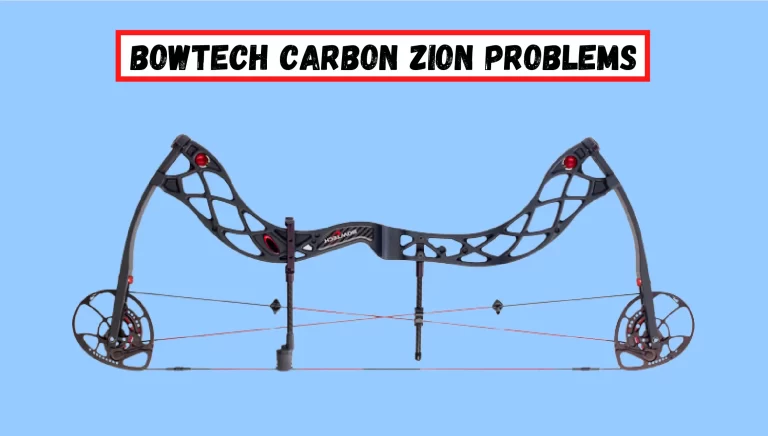
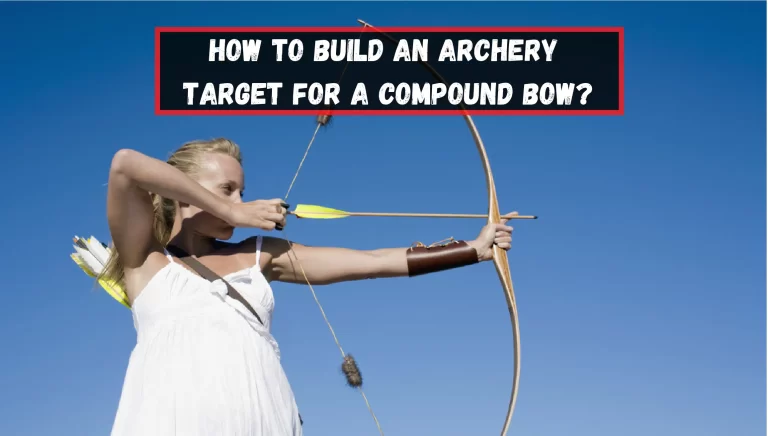
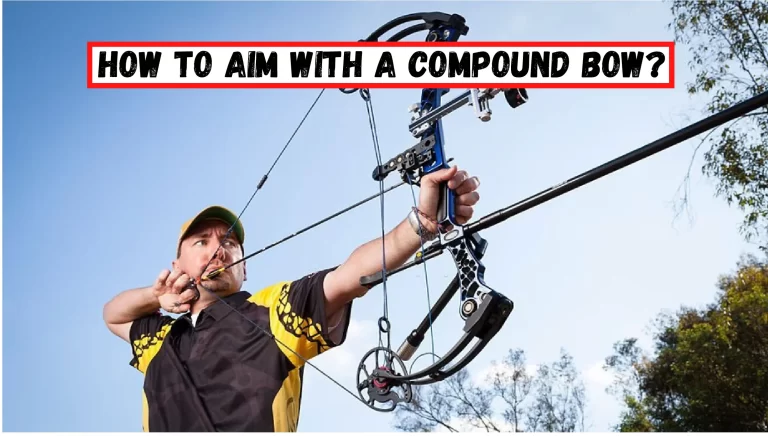
![Are Recurve Bows Good For Hunting? – [All You Need to Know]](https://archerypick.com/wp-content/uploads/2022/11/3-Are-Recurve-Bows-Good-For-Hunting-768x436.webp)
